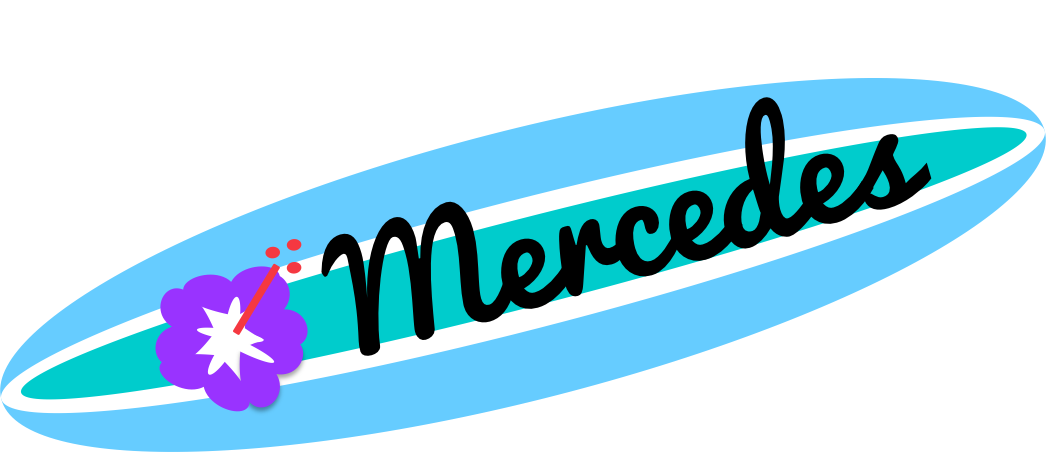Anytime we can relate a math lesson to real life, student interest increases. My go to real life example is money. Over the years, whenever teachers dump things on the free table, I collect the play money. I’ve used it from Kinder to 6th grade and the enthusiasm never dwindles.
Play Money as a Math Manipulative
We can do so much with money! Whether it is counting, adding, subtracting, multiplying or dividing, money works. Time to teach decimals? Break out the dimes and pennies.
This year, I was working with a group of first graders that struggled to understand basic place value. When I pulled out the money, all those struggles seemed to melt away. Just hand a kid a pile of money and they want to count it. They want to compare it. They want to put them together and see how much it all is (adding). They want to see how much more one person has than the other (subtracting).
The beauty of money with place value is that it gives place value a real meaning. If a student writes 28 and you ask how many tens, there isn’t a clear answer without some abstract thinking. Insert blank stare from a struggling kiddo.
You give a kid 2 tens and 8 ones. They tell you they have $28. Then you ask how many tens are in 28, they look at you like that is the easiest question in the world.
Since kids miss out on classes like art to come to me for intervention, I want to make sure we have fun. I’m constantly making up games. Sometimes on the spot. This year, I threw together a spinner for these first graders when I realized how much they loved ‘playing’ with money.
I called this game Strike it Rich because every time I pulled out the kids would say, “I’m rich!”
This week I finally took the time and updated what I made for them. Take a look at this quick video to show you some of them having fun with the game. The volume is on because I find it fun listening to all the partnerships counting in the background. I also showed what the game looks like now that I gave it a makeover.
The great things was, I was able to pull this game out anytime I had a group learning place value, addition, or subtraction. I used it with first, second, third and fourth graders.
What I loved was seeing kids take the game beyond their expected standard. My first graders wanted to start putting their money together to see how much they had. Kids started asking what to do with 11 ones, and they got an introduction to regrouping with the idea of trading ten ones for one ten. Games like this are great reminders that learning doesn’t have to be teacher driven. When we set a tone where we encourage inquiry, students push themselves further than we may have.
 |
| Find Strike It Rich by Clicking on the Picture |
For those of you that teach older students, I have a freebie in my store called Division in the Real World where students take a pile of bills and divide them equally. You can read more about it in this blog post or find the download here.




Leave a Reply